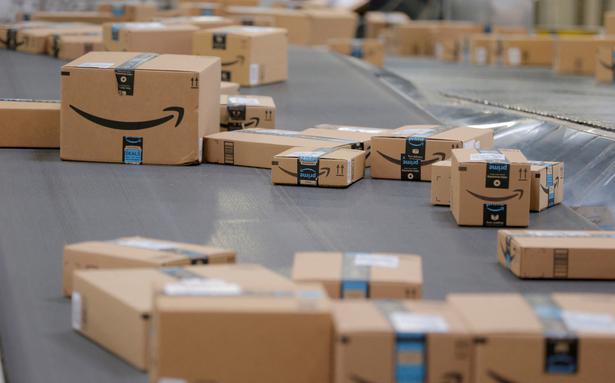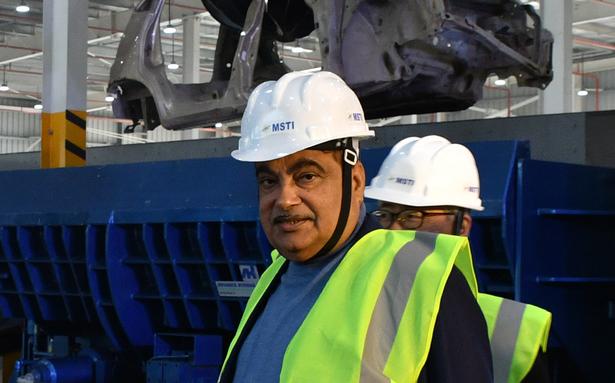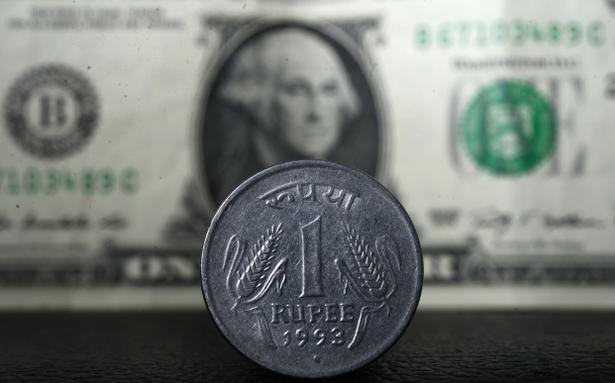Amazon’s forecast shows that a price hike for fast-shipping club Prime last quarter may not be enough to support earnings.
Amazon’s forecast shows that a price hike for fast-shipping club Prime last quarter may not be enough to support earnings.
Amazon.com Inc on Thursday delivered a disappointing quarter and outlook as the e-commerce giant was swamped by higher costs to run its warehouses and deliver packages to customers.
(Sign up for our technology newsletter, Today’s Cache, for insights into emerging topics at the intersection of technology, business and government. Click here to subscribe for free.)
Shares fell 12% in after-hours trading.
After a sustained surge in sales during the COVID-19 pandemic, Amazon faces a number of challenges. The company’s expenses increased as it offered higher wages to attract workers. A fulfillment center in New York City voted to create Amazon’s first US union, a result the retailer is contesting. And higher fuel prices are beginning to hurt consumers’ disposable incomes while making delivery more expensive for Amazon, the world’s largest online retailer.
Amazon’s forecast shows that a price hike for fast-shipping club Prime last quarter may not be enough to support earnings. The company expects to lose up to $1 billion in operating revenue or make up to $3 billion in profit this quarter. That’s down from operating income of $7.7 billion for the same period last year.
“This was a difficult quarter for Amazon, with trends in all key areas of the business headed in the wrong direction and a weak second-quarter outlook,” said Andrew Lipsman, chief analyst at Insider Intelligence.
Still, there were bright spots, like Amazon Web Services, the division that new CEO Andy Jassy headed before taking over the company’s top post last year. The unit grew revenue 37% to $18.4 billion, slightly beating analysts’ estimates.
Jassy said the company has finally met its staffing and capacity needs in the warehouse, but still has work to do to improve productivity.
“This may take time, particularly as we work our way through ongoing inflation and supply chain pressures, but we are seeing encouraging progress across a number of customer experience dimensions, including delivery speed performance, as we now approach levels that have not been seen since the months immediately preceding the pandemic in early 2020,” he said in a press release.
Inflation hits Amazon
According to Refinitiv’s IBES data, first-quarter net sales were $116.4 billion, compared to analysts’ expectations of $116.3 billion.
Amazon lost $3.8 billion, or $7.56 per share, compared to earnings of $8.1 billion, or $15.79 per share, a year earlier. The decline also reflected the falling value of Amazon’s investment in automaker Rivian.
In North America, the company’s largest market, revenue rose 8% while operating expenses rose 16% to $71 billion, resulting in an operating loss of $1.6 billion for the unit in the quarter. The falling value of Amazon’s investment in automaker Rivian further deepened the retailer’s net loss for the quarter.
Chief Financial Officer Brian Olsavsky told reporters that the company faced about $6 billion in higher costs year-over-year in the first quarter, including $2 billion from inflationary pressures. These ranged from higher wages – although the company has largely scaled back its contract premiums – to fuel costs 1.5 times higher than a year ago. Russia’s invasion of Ukraine has contributed to higher prices, Olsavsky told analysts.
Even shipping an overseas container has more than doubled since before the pandemic, he said.
Amazon aims to optimize transfers between warehouses to contain costs. It’s also in the unusual position of having excess storage and transportation capacity, which cost it about $2 billion in the first quarter. The company hopes to grow into this additional space in the coming months.
In retail, the e-commerce giant has seen mixed results, turning to brick-and-mortar stores to help with grocery delivery and to meet consumers where they wanted to shop. Amazon said in March it plans to close all 68 of its bookstores, pop-ups and other home goods stores as it focuses on grocery stores. It recently automated two Whole Foods Market locations to make them registerless. The company’s sales from its physical stores rose 17% to $4.6 billion.
Still, Amazon’s outlook reflects broader industry challenges. Just this week, a key Amazon delivery partner, United Parcel Service Inc, said it expects e-commerce delivery growth to slow.
Amazon forecast net sales of between $116 billion and $121 billion for the second quarter. According to Refinitiv IBES data, analysts had expected $125.48 billion.




